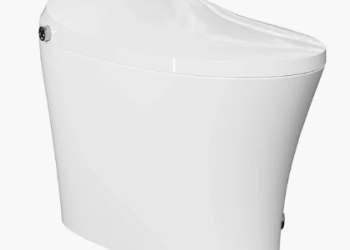Before you can set up your mini PC, you need to choose the right device for your needs. There are many different models on the market today, each with their own strengths and weaknesses. When selecting a mini PC for your home theater, consider the following factors:
Processor: Look for a mini PC with a powerful processor that can handle demanding media playback and streaming tasks.
GPU: A dedicated graphics card is not strictly necessary for most home theater setups, but it can help improve the video quality and reduce lag.
RAM: Make sure your mini PC has enough RAM to run the software and applications you plan to use.
Storage: Consider the amount of storage you’ll need for your media files, as well as any additional applications or programs you plan to install.
Once you’ve selected the right mini PC for your needs, you can move on to setting it up for your home theater system.
Connect Your Mini PC to Your TV or Projector
The first step in setting up your mini PC for your home theater is to connect it to your TV or projector. Here’s how to do it:
Locate the HDMI port on your mini PC and plug one end of an HDMI cable into it.
Plug the other end of the HDMI cable into an available HDMI input on your TV or projector.
Turn on your TV or projector and set it to the correct HDMI input.
Configure Your Mini PC’s Audio Settings
Once you’ve connected your mini PC to your TV or projector, you’ll need to configure the audio settings to ensure that the sound is routed correctly. Here’s how to do it:
Click on the speaker icon in the Windows taskbar and select “Playback devices.”
Choose the default audio device for your home theater setup (usually your TV or receiver).
Configure the audio settings as necessary to ensure that the sound is routed correctly.
Install Media Playback Software
Next, you’ll need to install media playback software on your mini PC. There are many different options available, but some popular choices include:
Kodi: An open-source media center application that’s popular among home theater enthusiasts.
Plex: A media server software that organizes your media files and streams them to your mini PC.
VLC: A versatile media player that can handle a wide range of video and audio formats.
Choose the media playback software that best meets your needs and follow the installation instructions to get it up and running on your mini PC.
Add Your Media Files
With your media playback software installed, it’s time to add your media files to your mini PC. Depending on the software you’re using, this may involve creating a library or playlist and adding your media files to it. Be sure to organize your media files in a way that makes sense to you, such as by genre, artist, or release date.
Conclusion
Setting up a mini PC for your home theater system is easier than you might think. Ready to buy a mini PC for your home theater setup? Look no further than GEEKOM, your one-stop shop for high-quality mini PCs and accessories.












